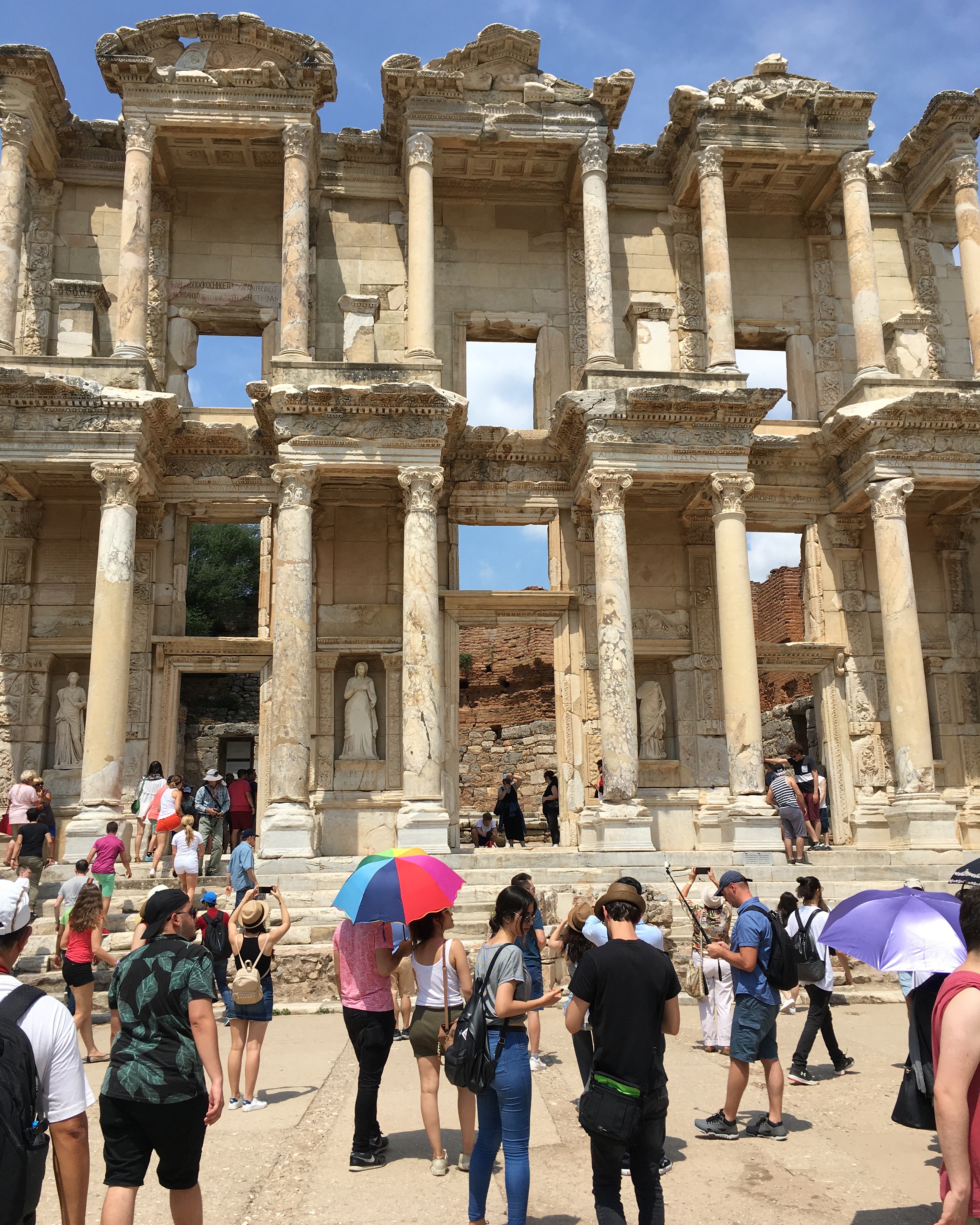
Discover Ephesus: The Ancient City That Echoes Rome
Tucked away on Turkey’s sun-soaked Aegean coast lies Ephesus, one of the most spectacular ancient cities in the world, a destination that captures the grandeur of Rome, yet whispers its own unique story.
Once a thriving Greek and Roman metropolis, Ephesus today is a sprawling archaeological site that mesmerizes visitors with its preserved ruins, rich history, and spiritual significance. Whether you’re a history buff, an architecture enthusiast, or a curious traveler, walking through Ephesus feels like stepping back into a world of emperors, philosophers, merchants, and saints.
A Journey Through Time
Founded around the 10th century BCE, Ephesus rose to prominence under Roman rule, becoming the capital of Asia Minor and home to over 250,000 residents. As you stroll along its marble-paved streets, you’ll see why it’s often called the “Rome of the East.”
The sheer scale and sophistication of the city rival what you’d see in Rome itself: vast public squares, ornate temples, a bustling agora, elegant homes with mosaic floors, and an advanced aqueduct and sewer system.
Highlights You Can’t Miss
- Library of Celsus: This is Ephesus’s most iconic structure. Built in the 2nd century CE, it once held over 12,000 scrolls. The elegant façade, with its tall Corinthian columns and statues of wisdom and knowledge, is breathtaking at any time of day.
- The Great Theatre: With seating for 25,000 spectators, this grand amphitheater was used for plays, political debates, and even gladiator battles. It’s remarkably well-preserved, you can almost hear the echoes of ancient crowds.
- Temple of Artemis: Once one of the Seven Wonders of the Ancient World, little remains today, but its historical weight is undeniable. It draws those interested in both classical history and early Christian narratives.
- Terrace Houses: These beautifully restored homes offer a rare glimpse into Roman elite life, complete with frescoes, underfloor heating, and private courtyards.
- Church of the Virgin Mary: Believed to be one of the first churches dedicated to Mary, this site connects Ephesus with early Christianity and makes it a pilgrimage destination.
A Living Connection to the Past
Like Rome, Ephesus doesn't just show you ruins — it makes history feel alive. You can almost imagine toga-clad citizens debating in the agora, or merchants shouting prices as they unload goods from the nearby port. The fusion of Roman engineering with Anatolian culture gives Ephesus a distinct identity that lingers long after you leave.
Practical Tips for Visitors
- Getting There: Ephesus is easily accessible from Selçuk or Kuşadası, both of which are popular tourist hubs. Minibuses (dolmuş) run frequently, or you can join guided tours.
- Best Time to Visit: Spring (April–June) and autumn (September–October) offer pleasant weather without the peak summer crowds.
- Wear Comfortable Shoes: The ancient stones and sloped streets can be uneven.
- Allow 2–4 Hours: To truly take in the site, don't rush your visit.
Final Thoughts
If you’ve ever been captivated by Rome’s imperial majesty, Ephesus will resonate deeply. It's not just a tourist stop; it's a full-sensory experience of ancient civilization at its height. Marvelous yet intimate, vast yet detailed, Ephesus stands as a timeless testament to human creativity and endurance.